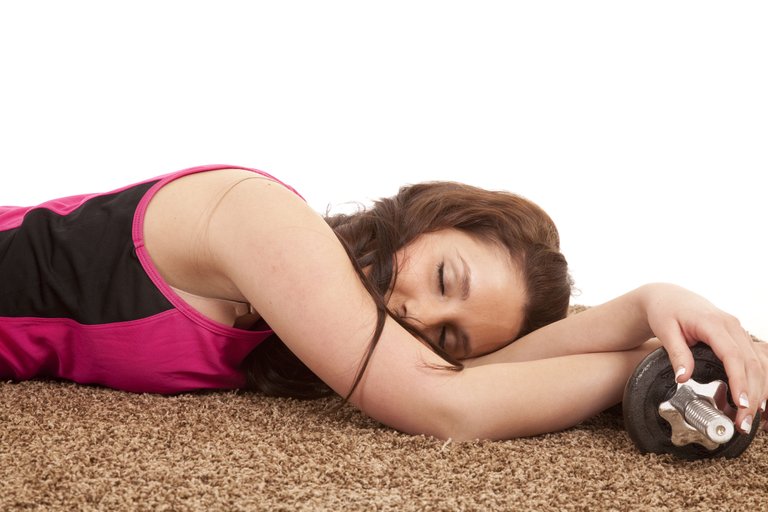
photo credit: adobe stock
Do you or your trainer include recovery in your programming? I’m not referring to deloading. The two are not the same. Recovery is part of the program and not optional. Not even if you’re a 20 year-old Olympic hopeful that has the strength of 10 spartan warriors.
What is recovery? Recovery is a physiological status. It’s the ability to meet or exceed performance in a particular activity. In other words, to get better and adapt.
Recovery is necessary for:
Returning to normalization of physiological functions/homeostasis (heart rate, blood pressure, body temperature, etc.)
Restoration of energy stores (blood glucose, muscle glycogen)
Replenishment of cellular enzymes
Rebuilding of muscle tissue
Decreasing inflammation
Recovery is necessary for giving your body the opportunity to replace the things that were used while you were working out; in essence bringing the body back to its pre-workout state.

photocredit: adobe stock
Overtraining is the consequence of not allowing for adequate recovery. Signs and symptoms of overtraining include:
Aches and pains
Increased risk of injury
Excessive muscle soreness
Boredom, lack of motivation and/or moodiness
Immune suppression (cold sores, frequent colds )
Hormonal imbalances (elevated cortisol to testosterone ratio, female athlete triad, etc.)
Elevated C-Reactive Protein
Poor nutrition
Dehydration
There are different types of recovery:
Immediate recovery occurs during the exercise itself (between reps).
Short-term recovery occurs between sets or intervals.
Between workout recovery occurs between sessions.
A balance between the three approaches can help you last longer in training and make gains while reducing injury risk. Keep in mind that the more intense the training is, the more recovery you will require between workouts.
Recovery is dependent on many factors like age, gender, type of training, current level of fitness and volume and intensity of training. So how much do you need and how often do you need it? There is no set formula. In general, if you are training 3 days a week, allow for 1-2 days in between workouts. You must listen to your body!!

photocredit: adobe stock
Ways to Recover:
Active Recovery: Walking and passive stretching help maintain blood flow, remove waste and helps bring the body back to homeostasis.
Massage
Chiropractic
Foam Rolling
Sleep!
Take a day to be unproductive. Lay on the beach or binge watch something while lounging on the couch (especially satisfying if you train hard AND work full-time in the rat race).
Epsom salt baths
Hydrate!
Nutrition: Replenish carbohydrate and protein sources, replace fluids and electrolytes and eat to minimize inflammation.
If you don’t currently include recovery as part of your training regimen, I hope this article inspires you to do so. You won’t regret it!
Sources:
Optimal Recovery Practical Recommendations for the Recreational Athlete, ACSM Published on Aug 17, 2016
J Strength Cond Res. 2008 May;22(3):1015-24. Recovery from training: a brief review: Bishop, Jones and Woods, 2008
Congratulations @functionalwoman! You received a personal award!
You can view your badges on your Steem Board and compare to others on the Steem Ranking
Vote for @Steemitboard as a witness to get one more award and increased upvotes!